- Taj Mahal | Definition, Story & History
Taj Mahal In Agra India History
The Taj Mahal, a beautiful white marble monument in the city of Agra, is a mausoleum complex in Uttar Pradesh, India. The Taj Mahal was built in memory of the Mughal emperor Shah Jahan (reigned 1628–58) in memory of his wife, Mumtaz Mahal, who died in childbirth in 1631 after becoming the emperor’s companion since their marriage in 1612.
It is located on the southern (right) bank of the Yamuna (Jumna) river in the eastern part of the city and is the most prominent and widely known structure in India. Agra’s Taj Mahal is about 1 mile (1.6 km) west of Agra Fort (Red Fort), which is also on the right bank of the Yamuna.
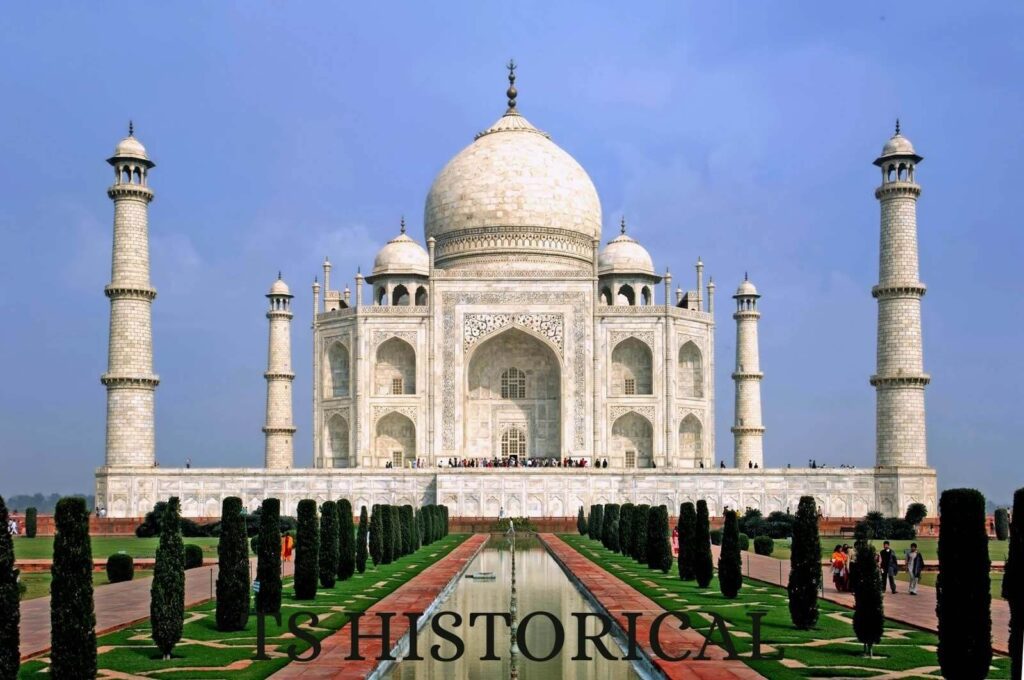
Taj Mahal, Agra In proportion and its fluid incorporation with an ornamental base, the Taj Mahal architecture has been hailed as the finest example of a fusion of Mughal, Indian, Persian, and Islamic styles. Other attractions include beautiful gardens, a museum, and twin mosque complexes (positioned symmetrically on either side of the mausoleum).
The Taj Mahal is one of the world’s most stunning structural creations, as well as one of the world’s most famous monuments, attracting millions of visitors every year. The complex was designated as a UNESCO World Heritage Site in 1983.
History of construction
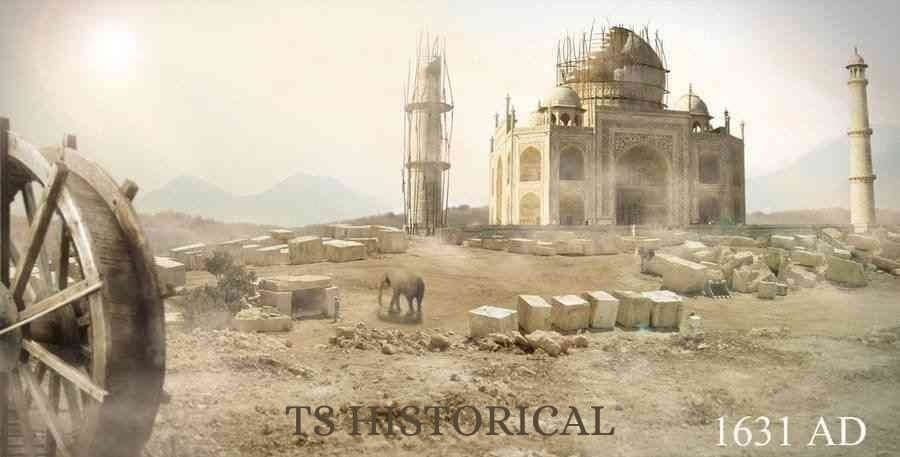
Taj Mahal Under Construction Plans for the complex have been credited to several different architects from time to time, but the main architect was most likely Ustad Amad Lahore, an Indian of Persian descent. The five major elements of the complex—the main entrance, the garden, the mosque, the jawbone (literally “north”; a building that mirrors the mosque), and the mausoleum (with its four minarets)—all form a single unit.
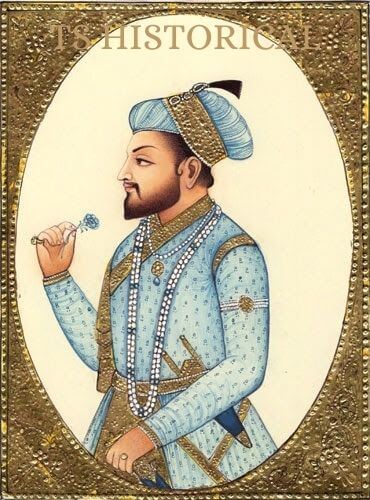
Shah Jahan Envisioned and planned. According to the principles of Mughal construction, no subsequent additions or alterations were permitted. Construction began in 1632. Over 20,000 workers from India, Persia, the Ottoman Empire, and Europe were hired to finish the mausoleum by 1638–39; The ancillary buildings were completed by 1643, and decoration work continued until at least 1647. The construction took 22 years for the complex to be completed, a total of 42 acres (17 ha).
Download this Article in PDF Format
Get a well-documented version of this article for offline reading or archiving.
Download Now (1360 KB)According to legend, Shah Jahan planned to build another tomb across the river to house his own remains. The structure should have been made of black marble, and it should have been connected to the Taj Mahal by a bridge. However, his son Aurangzeb deposed him in 1658, and he remained imprisoned in the Agra Fort for the remainder of his life.
Taj Mahal Map and Architecture
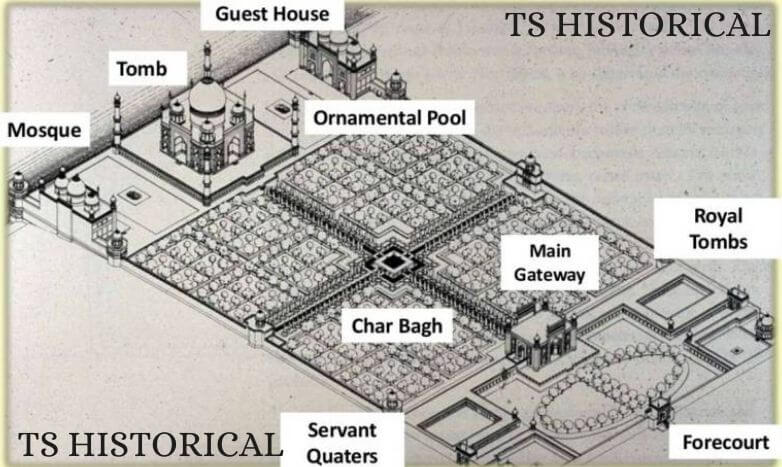
Taj Mahal Map and Architecture The mausoleum proper, which sits at the center of 23 feet (7 m) large plinth, is made of white marble that changes color depending on the strength of sunlight or moonlight. It has four nearly identical facades, each with a central arch that rises to 108 feet (33 m) at its apex and has chamfered (tapered) corners with smaller arches. Four smaller domes surround the majestic central dome, which rises to a height of 240 feet (73 m) at the tip of its wings. Within the main dome, the acoustics cause a flute note to reverberate five times.
The tomb’s interior is centered on an octagonal marble chamber with low relief decorations and semiprecious stone accents (pietra dura). Cenotaphs of Mumtaz Mahal and Shah Jahan can be found there. Finely sculpted marble file screens surround the false tombs. The real sarcophagi are on the level of the garden, below the graves. Elegant minarets stand gracefully separated from the central structure, each at the four corners of a square platform.
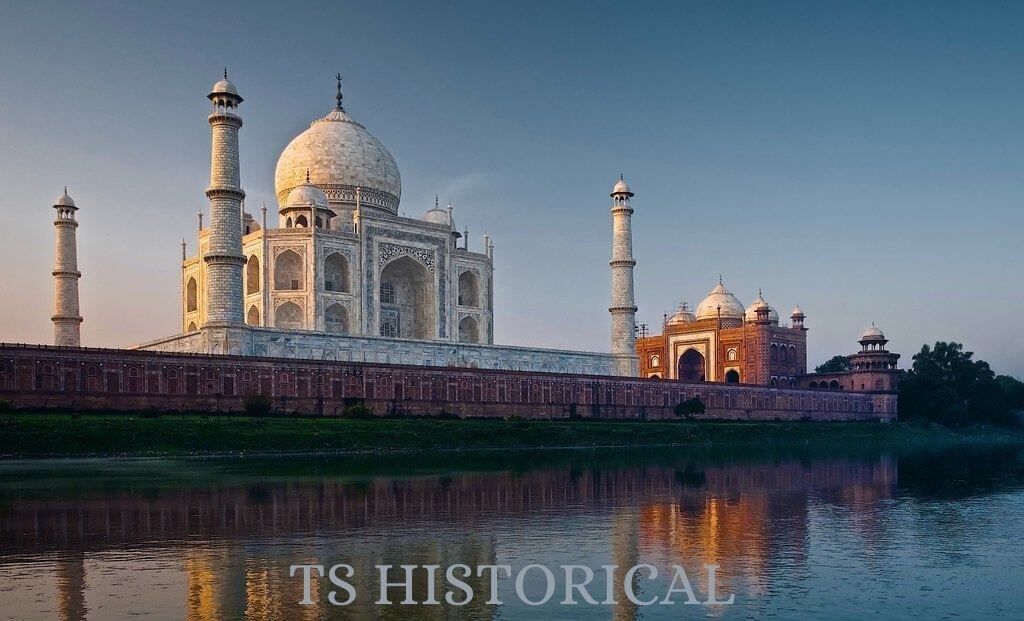
Two symmetrically identical buildings flank the mausoleum near the north-west and northeast sides of the garden respectively: the mosque, which faces east, and its jaw, which faces west and provides aesthetic harmony. They are made of red Sikri sandstone and have marble-hued domes and architecture, which contrast in color and texture with the white marble of the mausoleum.
The garden is built in the Mughal style, has walkways, fountains, and ornamental trees, and is divided into four quadrants by tall watercourses (pools). It provides a spectacular view of the mausoleum, which can be seen reflected in the garden’s central pools, as it is surrounded by the walls and structures of the complex.
A large red sandstone gateway with central vaulted two stories graces the southern end of the complex. The arch is surrounded by white marble paneling with black marble lettering and floral designs. The main arch is surrounded by two pairs of smaller arches. Combining rows of white chattris (chhatris; cupola-like structures), crowning the northern and southern facades of the gateway, 11 on each front, are supported by slender ornamental minarets that rise to 98 feet (30 m).
Octagonal towers top each of the four corners of the structure with large spiers. Pietra dura and Arabic calligraphy are the two major decorative elements found in the complex. Pietra dura (Italian: “hard stone”) refers to the inlay of semiprecious stones of various colors such as lapis lazuli, jade, quartz, turquoise, and amethyst in highly formal and interconnected geometric and floral designs as exemplified by Mughal craft.
The colors help round out the sparkling detail of the white Makrana marble. Under the guidance of Amanat Khan al-Sharaj, a prominent figure in the Islamic artistic tradition, the verses of the Kalash were engraved in calligraphy in many parts of the Taj Mahal.
Daybreak (89:28–30), one of the inscriptions on the sandstone door, invites the faithful to reach heaven. The raised arches at the entrance to the tomb are also encircled by calligraphy. To maintain a consistent appearance from the ceiling’s vantage point, the lettering grows in proportion to its relative height and distance from the viewer.
current situation
The Taj Mahal has been neglected and decayed over the years. Lord Curzon, the British Viceroy of India at that time, underwent massive reconstruction in the early twentieth century. Air pollution from the foundry and other surrounding factories, as well as exhaust from motor vehicles, have recently damaged the tomb, particularly its marble shade.
To reduce the threat to the monument, a number of steps have been taken, including closing some foundries and installing pollution-control equipment on others, establishing a parkland buffer zone around the complex, and restricting vehicular traffic. Is. around the campus. In 1998, a restoration and research program was started for the Taj Mahal. However, progress in enhancing the ecosystem around the monument has been slow.
The Taj Mahal has been influenced by the political turmoil of India on several occasions. Between 1984 and 2004, night vision was prohibited as it was suspected that Sikh terrorists would attack the monument. Moreover, it is slowly being recognized as an Indian cultural icon. Some Hindu nationalist groups have attempted to downplay the Taj Mahal’s roots and the importance of the Muslim presence in architecture.
